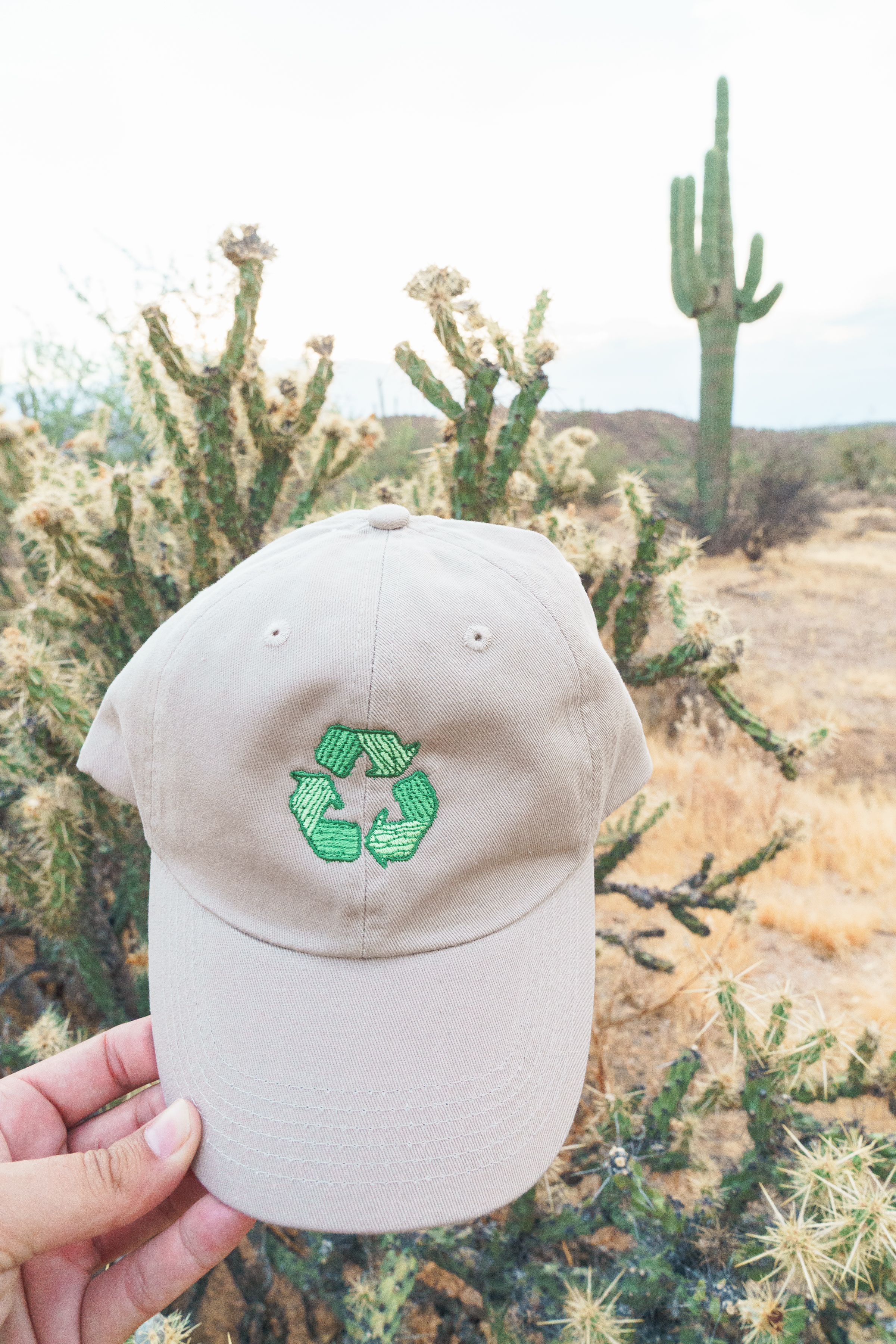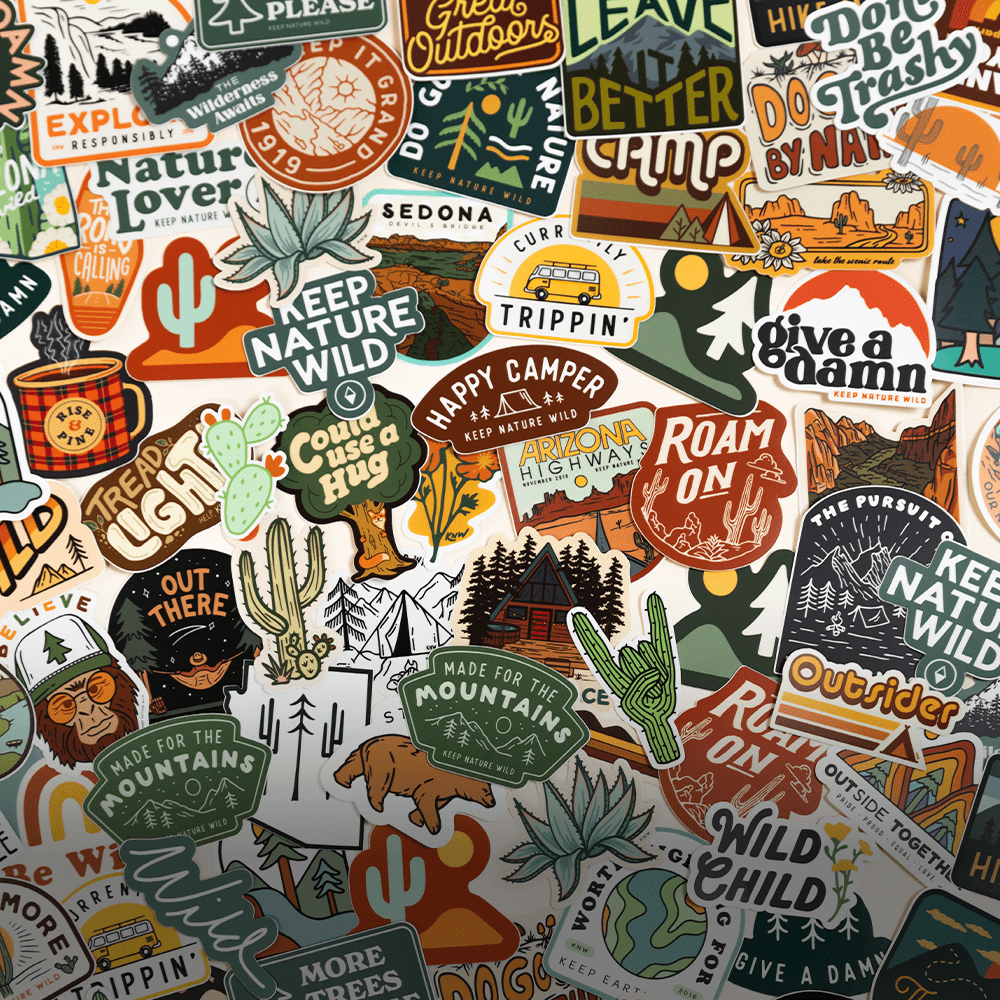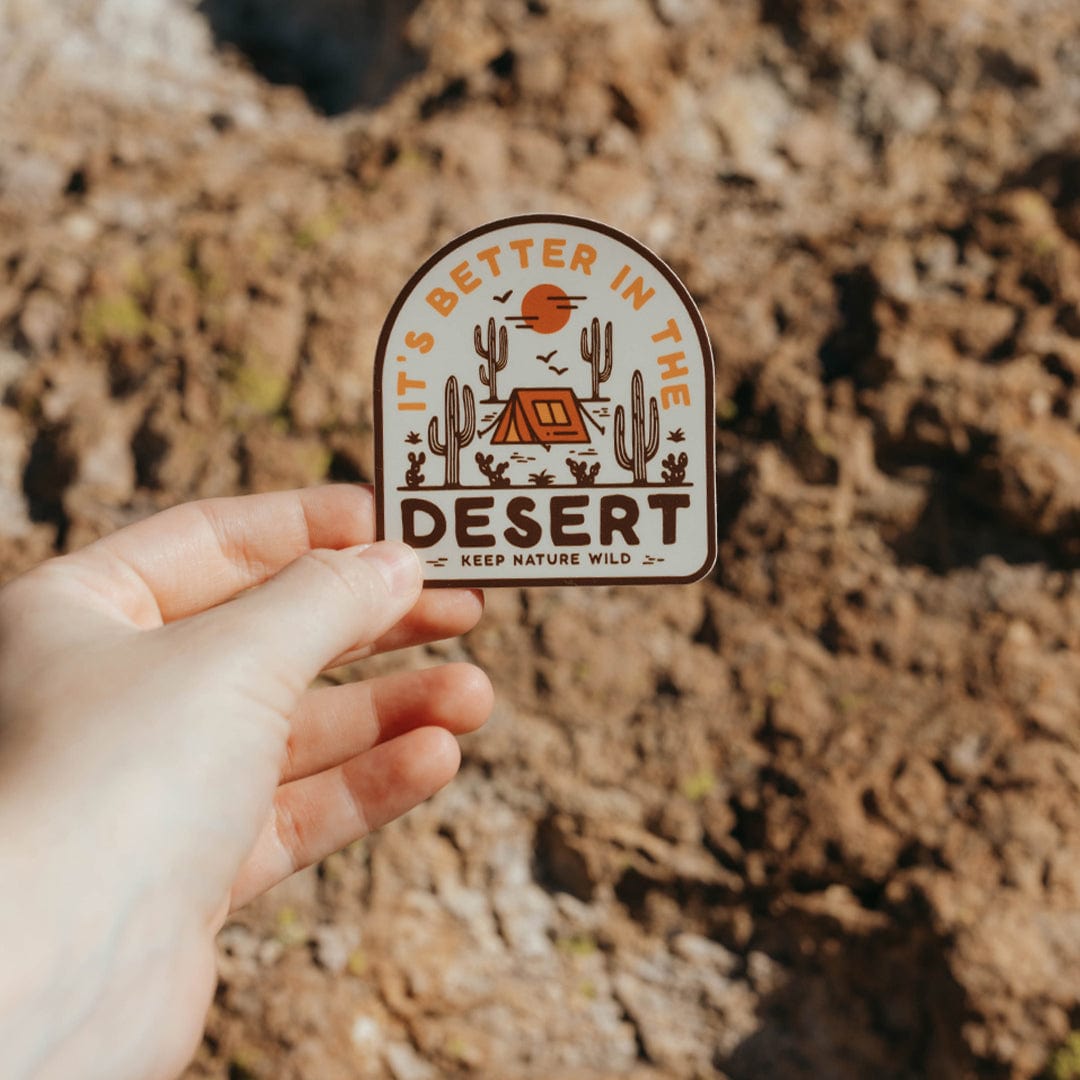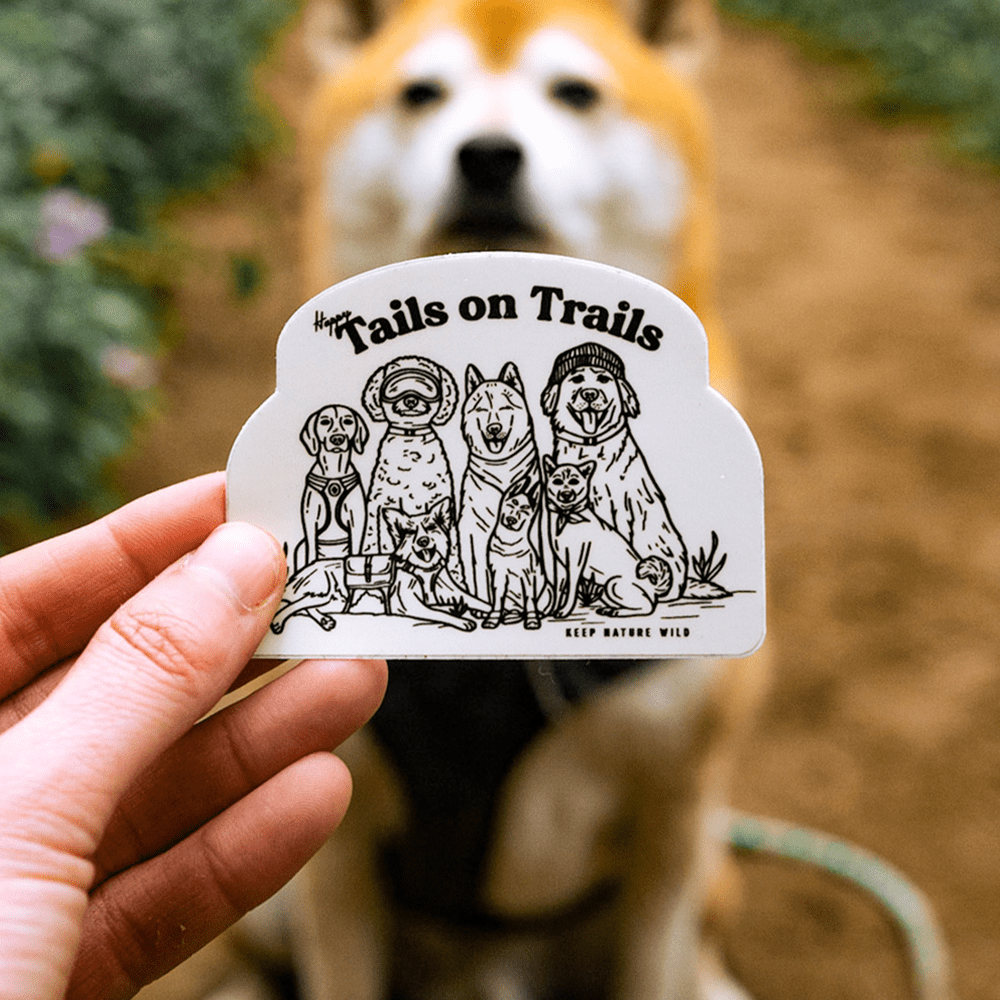The contrast of litter is stark against the beautiful backdrop of nature. The wrongness of it is obvious. Yet, many times we move through the rest of our lives somewhat oblivious to the impact our lifestyles have on the environment. Our actions can influence change, in ourselves and others. With each piece of trash we remove from the wild, we create a ripple that over time expands and grows beyond ourselves. Environmental protection comes from individual actions.
Influencing Others on the Trail
Often times we overlook the effect our actions have on the people around us. Talk can be cheap. You can preach all day about the importance of “leave no trace” practices, but when you are hiking with family and friends and they see you bend down to pick up a discarded aluminum can or candy wrapper to carry out, that act has an impact. They may even become curious about your motives.
Practicing leave no trace techniques is a great way to ensure your visit to wild places leaves them at least as good as you found them.
- Plan and prepare ahead.
- Choose durable surfaces to travel and camp on.
- Properly dispose of waste.
- Take only pictures.
- Be careful with fire to minimize its impacts.
- Be respectful of wildlife.
- Be aware and considerate of other visitors.

Responsible Practices at Home
We can take the lessons and practices we learn on the trail to our home life. Taking small steps towards living more sustainable is all it takes to reduce your impact. Learning to be more environmentally friendly may be easier than you think. Here are some simple ways to live more responsibly.
Use less plastic

If you started paying attention, you would be surprised how much disposable plastic is used daily, from shopping bags to disposable straws to water bottles. Consider reducing your plastic consumption one item at a time. You might start by always bringing reusable shopping bags with you. You may simplify by taking a straw-free challenge, where you avoid plastic straws for a predetermined time. One of the easiest ways to decrease plastic consumption is to stop buying plastic water bottles. There are some very nice reusable water bottles on the market these days. You are sure to find something that suits your needs and preferences.
Reduce, reuse, and recycle
The three R’s are an age-old adage that still applies today. It is a hierarchy that lays out the order of priority of actions to reduce the amount of waste generated. Start out by reducing what is produced and consumed. Minimalism is growing in popularity and some of the practices are easy and worthwhile to adopt. Reuse items when you can. Consider donating old clothing and reusing glass jelly jars. Lastly, recycle.
Conserve where you can
Once you are more aware of how all of your actions have an effect on the environment, you can start paying closer attention to your use of natural resources. This is as simple as turning off lights, conserving water, and adjusting your thermostat.
It is funny how little changes in our lives can raise our awareness. Find that one small thing you can do. By simply picking up trash on the trail, you start noticing refuse on sidewalks, then roadsides. You become more aware of the amount of garbage that not only ends up missing the garbage can but actually how much unnecessary waste we produce each day. It is a domino effect.

Narrator
This blog was thoughtfully written by Amy Gravlee. You can find her on Instagram @amygrvl.






Leave a comment
All comments are moderated before being published.
This site is protected by hCaptcha and the hCaptcha Privacy Policy and Terms of Service apply.